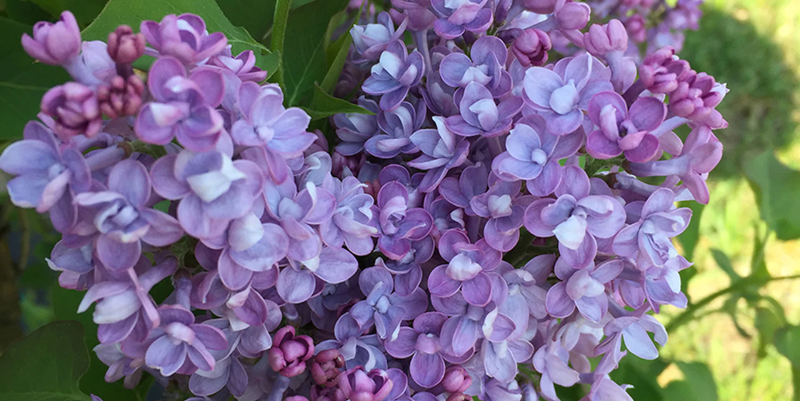Lilacs are known to be an easily cultivated flower. This low maintenance plant is great for gardeners who do not have a lot of time to garden.
Lilac plants do not need a lot of fertilizer. We recommend fertilizing your plant after the second year of planting. To promote blooming, fertilize your plant in the early spring with a general purpose 10-10-10 fertilizer.

How to Fertilize Lilacs
Lilacs grow the best in cool summer climates- zones 4-7. They are not recommended for hot, humid areas such as zones 8 or 9. Hot, humid weather can cause a powdery mildew to form on the leaf.
Lilac plants do not need a lot of fertilizing or organic feeding. We recommend using a fertilizer that is low in nitrogen and high in phosphorus to promote flowering. Too much nitrogen in the soil can result in poor blooms. If the soil is low in fertility, you can mix cow manure into the soil to promote flowering.
Bone meal is also a great fertilizer for lilac plants because it makes soil more alkaline. Bone meal is a natural plant food that is easy for the lilac to intake. Using Epsom salt once per month on your lilac plant can make the plant grow bushier and produce more flowers (2 tablespoons of Epsom salt per gallon of water).

Best Time To Fertilize Lilacs
Fertilizing your lilac plant does not need to be done until after the second year of planting. Apply a 10-10-10 general purpose fertilizer when active growth is just beginning. Lilacs shed their leaves annually, so early spring is when the canes begin to awaken. Do not fertilize your plant more than once a year. Lilacs will not bloom if they are over fertilized.
Best Fertilizer For Lilacs
Lilac plants do not need a lot of fertilizer or feeding. We recommend a 10-10-10 fertilizer mix applied annually in the early spring. (The numbers 10-10-10 represent the amounts of nitrogen, phosphorus, and potassium – or as they are commonly known, NPK – in the formula). Fertilizing lilacs with a high phosphorus formula in early spring promotes blooming.
Grass clippings and coffee grounds can be used as a good source of nitrogen. Use sparingly, as too much nitrogen in the soil will result in poor blooms. Lilacs grow best in slightly alkaline (6.5 to 7.0 pH), moist, well-drained soil. Adding bone meal to the soil can make it more alkaline. If you choose to feed your plant in the spring, you can use Miracle-Gro® Shake 'n Feed® Flowering Trees & Shrubs Plant Food. Lastly, Lilac plants do not like acidic soil. you can use Epsom salts during the dormant period to help promote blooming.

Lilac Fertilizing Tips
-
Feed you lilacs during the second year of growth
-
Fertilize in early spring before new growth
-
Apply a 10-10-10 fertilizer
-
Spread some fireplace ash around the drip line of your bush, for bigger and better blooms
-
Bone meal can make soil more alkaline
-
Epsom salt once per month can make plant grow bushier and produce more flowers
Warnings
-Always wear protective gloves and a face mask when handling chemical fertilizers.
-Closely follow all directions and storage guidelines that are on the fertilizer label.
 |
Author Chris Link - Published 12-09-2020 |
